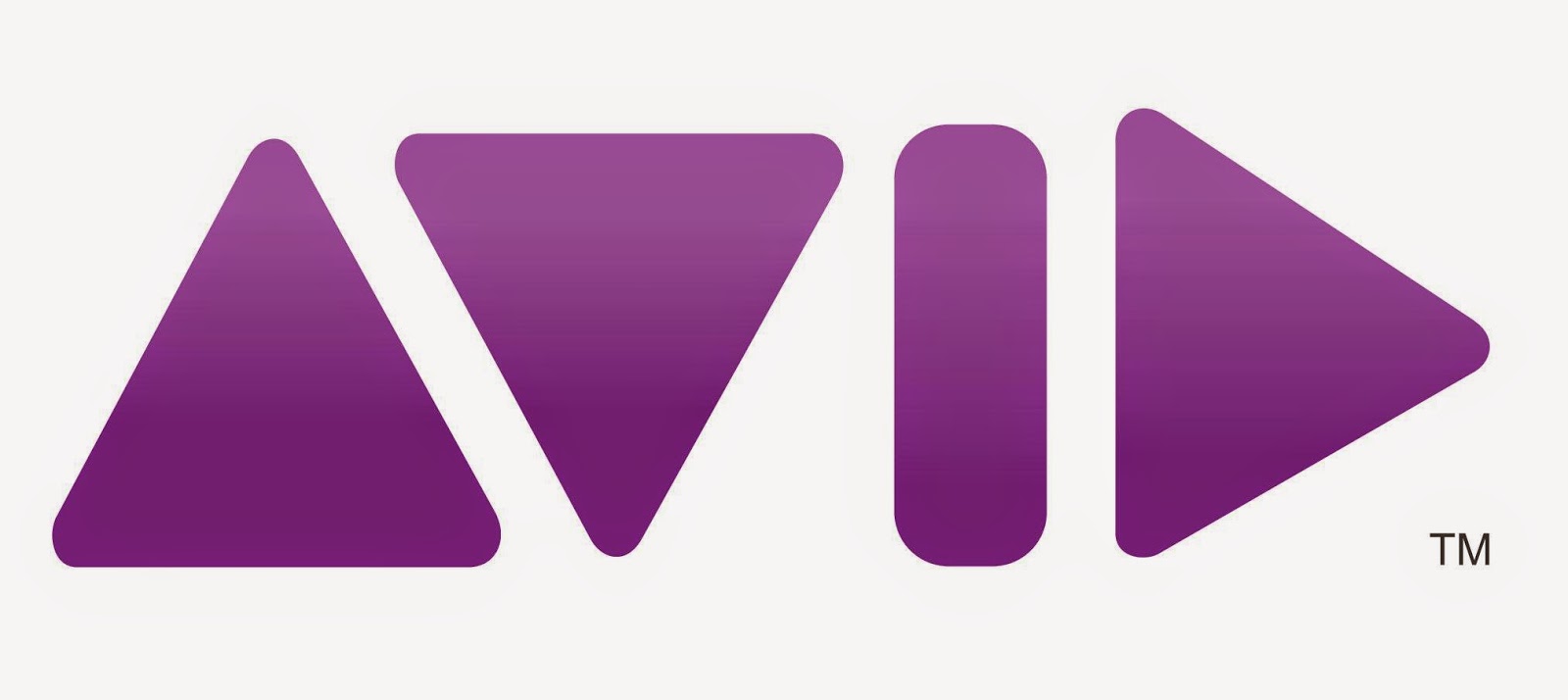
My aim for the
choice of this title is that I can find out which editing software has the most
advantages and also which editing software is mainly used in the film and
television industry nowadays. The results will help aid me from now to the
future and also help me find out about all of the editing software’s as I would
like to become an editor in the future so this will then give me a head start.
I am also interested in researching about the editing sortware’s as editing is
the job role I would like to go into in the future. Finding out about these different
editing software’s will help me widen my knowledge and thoughts about each one
of them.
At the end of the
research process I hope to achieve at least basic knowledge of the similarities
and differences between each of the software’s and hope to learn which software
would be best to suit my ability. I am going to interview different people who
have used a variety of different editing software’s and find out which software
other editors prefer, which might effect my point of view towards different editing
software’s. I hope to find out how the different types of software’s have
evolved over time and what has changed since then and now and how it affects
the other software’s marketing.
The main benefits
I can gain by undertaking this assignment would be that I could hopefully get
in touch and interview an editor, trying to build on my list of contacts. It
will also broaden my knowledge of the different types of editing software’s and
most likely learn new techniques and different information about the different
software’s.
The main editing
software’s I will be talking about are Adobe Premier Pro, Avid Media Composer
and Final Cut, as these are the main professional editing software’s that the
film and television industry uses most nowadays.
Adobe Premiere
Pro is a part of the Adobe Creative Suite, a suite of graphic design, video
editing and web development programs. It was released around 1996 when it was
called just Premiere in the early days of non-linear editing only about 5
minutes at a time; so longer projects were edited in chunks and recorded to
analogue tape linearly. It changed its name from ‘Premiere’ to ‘Premiere Pro’ in
2003 and then the first version to be released to ship with Adobe Encore CS3
and Adobe OnLocation in 2007 and the newest up to date Adobe Premiere Pro was
released in Jun 2013, which is now called Premiere Pro CC.
Avid Media
Composer is a professional video editing software that is edited offline and
non-linear. Since the first Avid Media Composer was released in 1989, the
application features have increased to allow for film editing, uncompressed
standard definition, video and high definition editing and finishing. The first
Avid Media Composer was released in 1989. In 1999 the first Media Composer
released on Windows. In February 2003 the first version to support Mac OS X.
The latest Avid Media Composer is compatible with Windows 7/8 and Mac OS X
10.7, 10.8.
Final Cut Pro is
another professional video production editing software for Mac OS X from Apple
and also a direct competitor to Avid Media Composer in the high-end movie
production industry. It is now only available to purchase through Apple online
or in the Apple stores. In April 2005, Apple replaced Production Suite with
Final Cut Studio, which includes new versions of Final Cut Pro, DVD Studio Pro
and Motion. The first Final Cut Pro was released in 1999 with different
versions released since then and the latest released in July 2011, which was
the Final Cut Pro X, Motion 5, Compressor 4.
The sources I
will be potentially using will be a variety of different books, Internet
sources and some secondary and primary research where I will either interview a
few people or give out questionnaires for them to fill out.
·
Film Art – An
Introduction by David Bordwell and
Kristin Thompson.
·
The Technique of Film
& Video Editing History Theory & Practice by Ken
Dancyger.
·
Avid Editing: A Guide for
Beginning and Intermediate Users by Sam
Kauffmann and Ashley Kennedy.
|

No comments:
Post a Comment